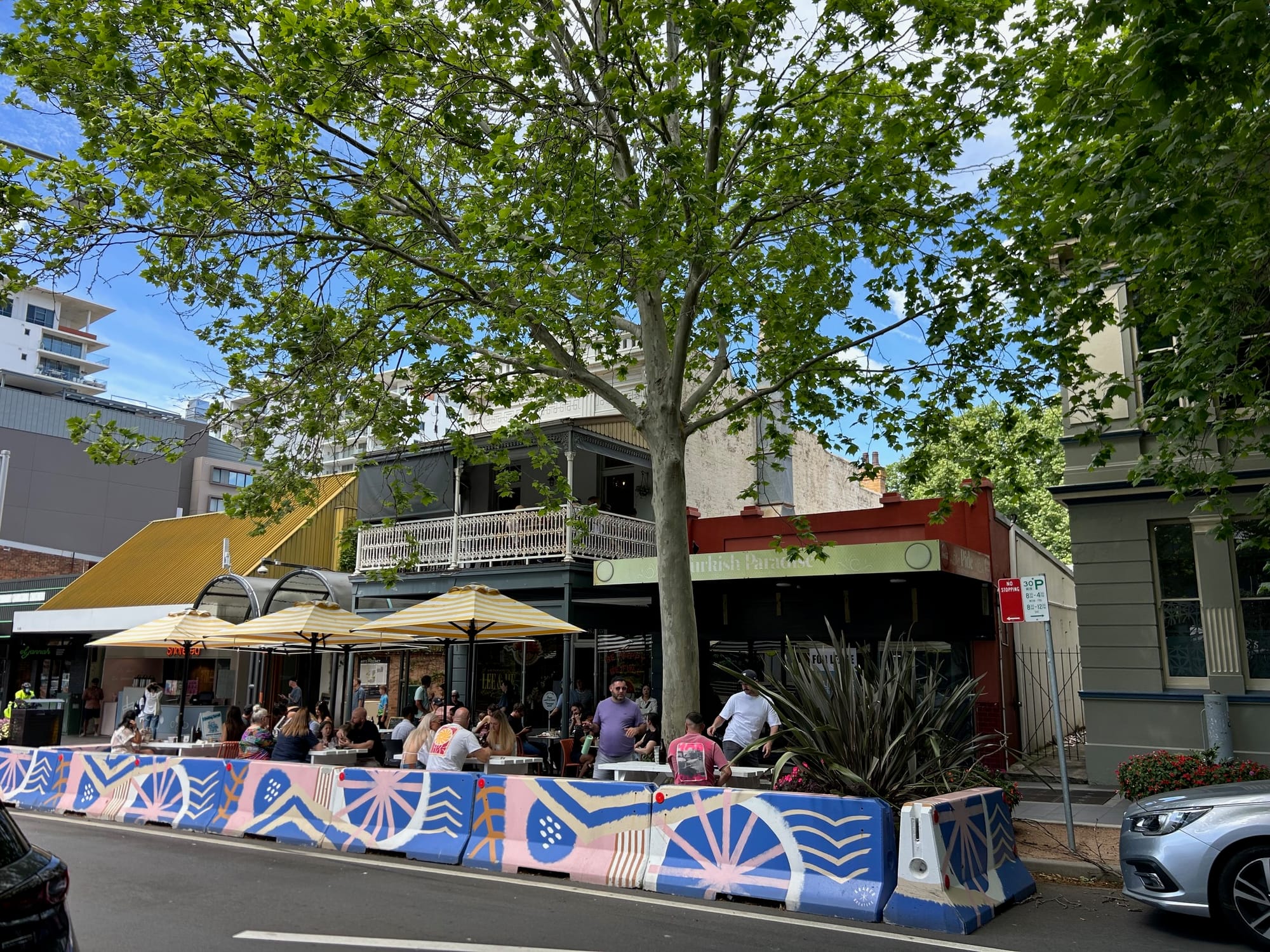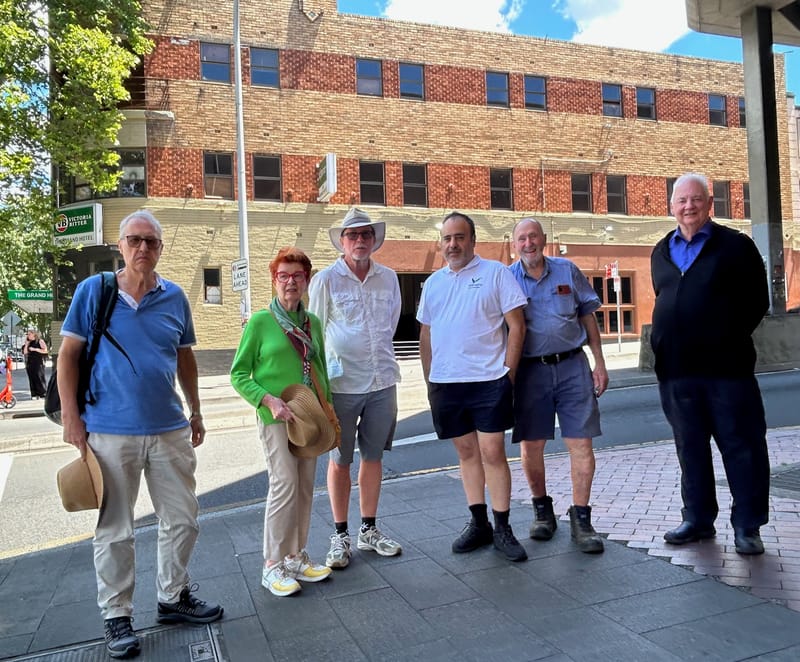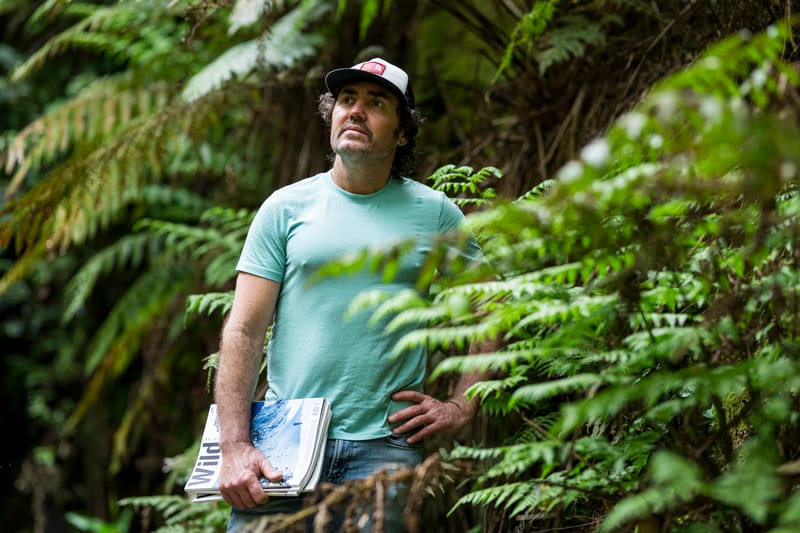More trees, water and a lighter city vital to enhance Wollongong's city centre
Our first feature story focused on MacCabe Park. Today, we stroll into what should be the heart and soul of our CBD, the City Mall.
With so many cranes on Wollongong city's skyline and many more to come, it's fair to say a mighty effort will be required to avoid the sort of growing pains inflicted on other cities on their way up (and up).
Last weekend, to mark World Town Planning Day, three concerned locals with expertise in their respective fields joined The Illawarra Flame on a walkabout tour of the city, to take stock of how our CBD is coping during the early days of our building boom, while sharing some creative ideas for how things might be better in the future.
Our first feature story focused on MacCabe Park, where Council is currently seeking public comment on plans for a skate park.
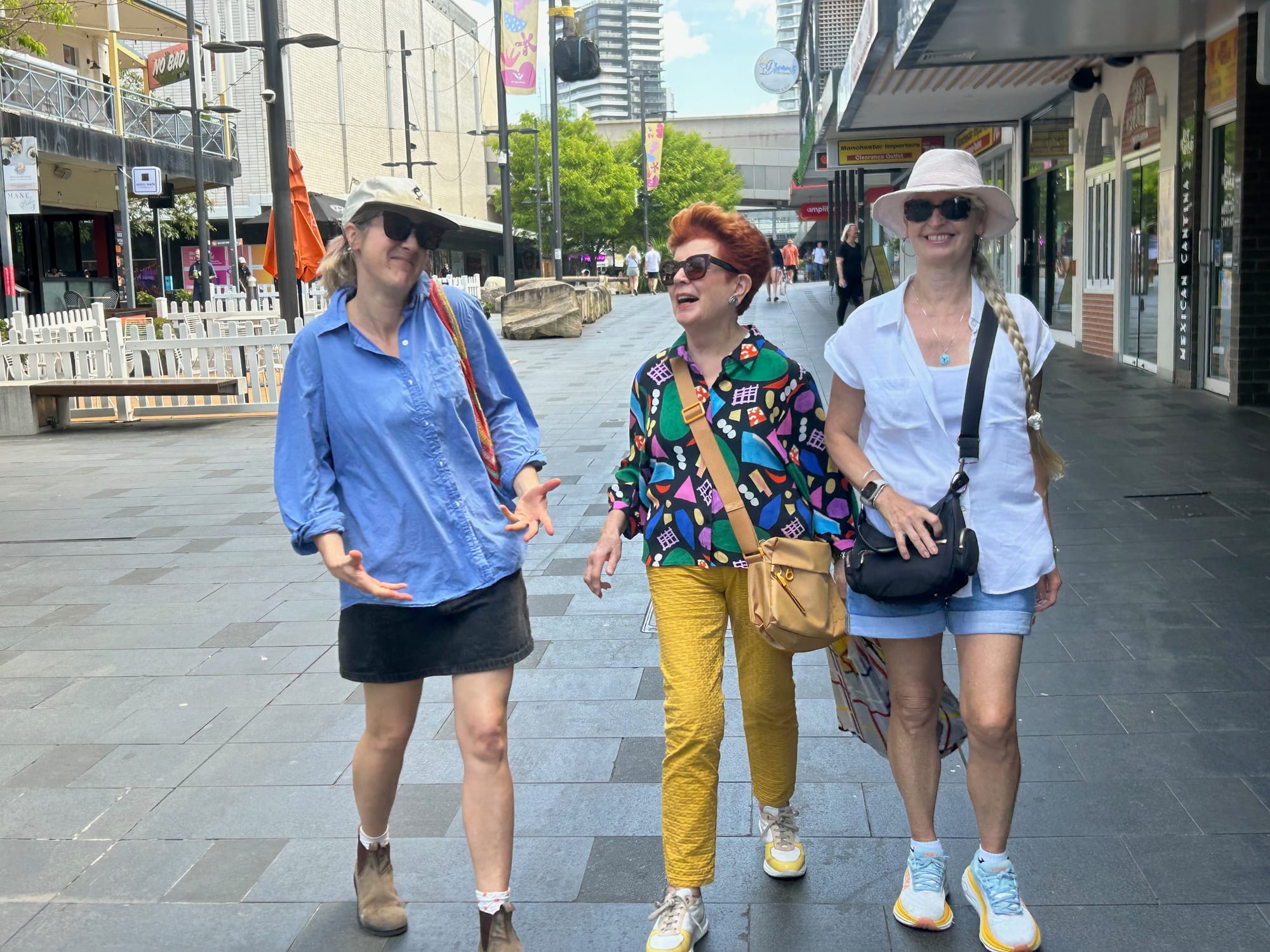
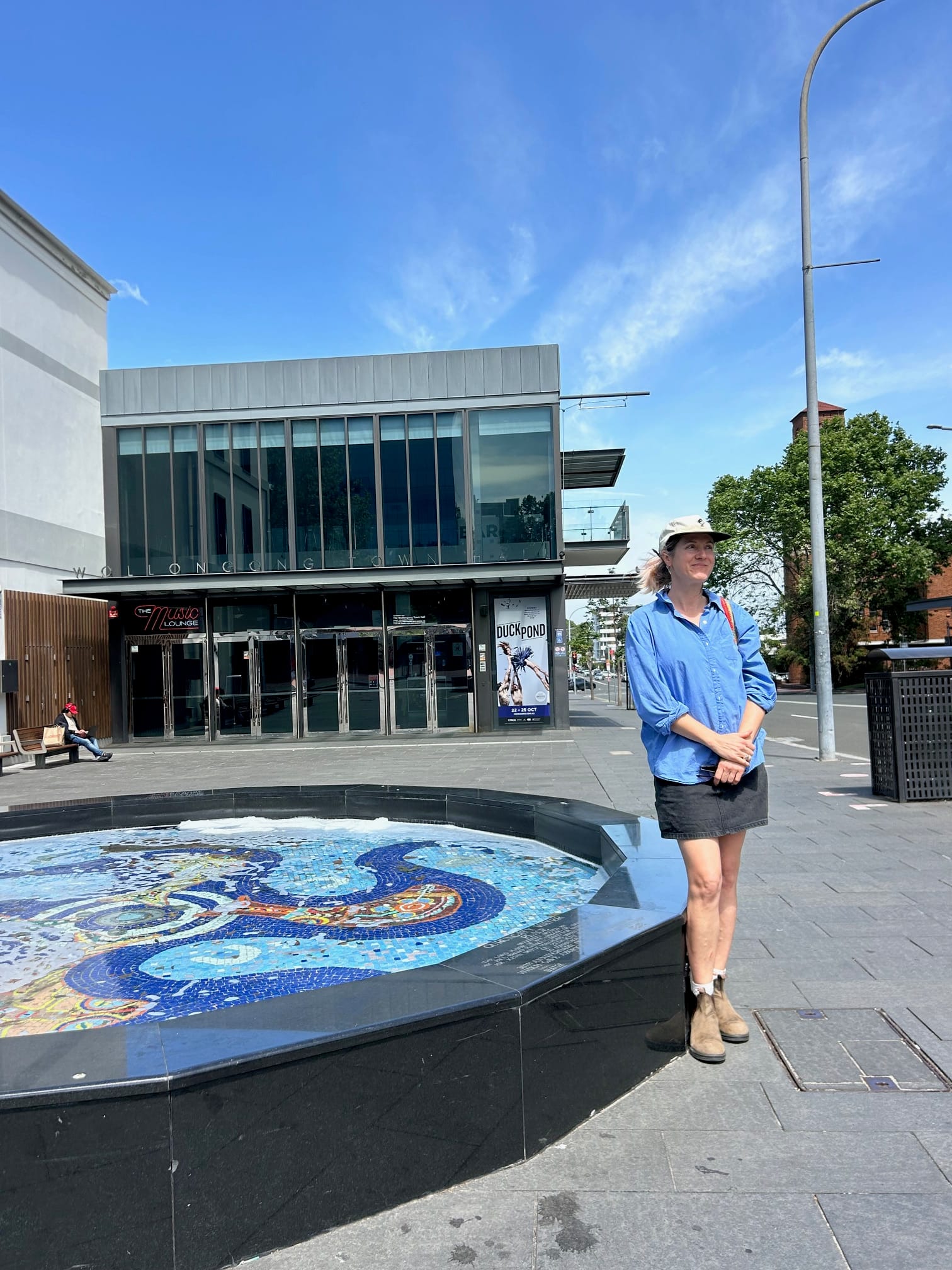
We need a cooler Mall and city say (from left) Kathryn Morgan, Patricia O’Brien and Dorte Ekelund. Right: Let’s build on the beautiful Gurangaty Fountain, says Kathryn.
Reviewing our Mall and inner-city streets
Today, we stroll into what should be the heart and soul of our CBD, the City Mall. We'll also venture into the inner-city streets that are quickly being transformed from low-rise residential, commercial and light industrial buildings into the sort of high rise no one would have dreamt of seeing in the Gong 15 to 20 years ago.
Joining me again on the walk are town planner Dorte Ekelund; landscape architect Kathryn Morgan; and retired risk management professional Patricia O'Brien.
Patricia may have only moved to the city three years ago, but with her north-facing apartment 250 metres from Crown Street, and with a love of walking, she knows how the city heart 'works', and doesn't, as well as anyone.
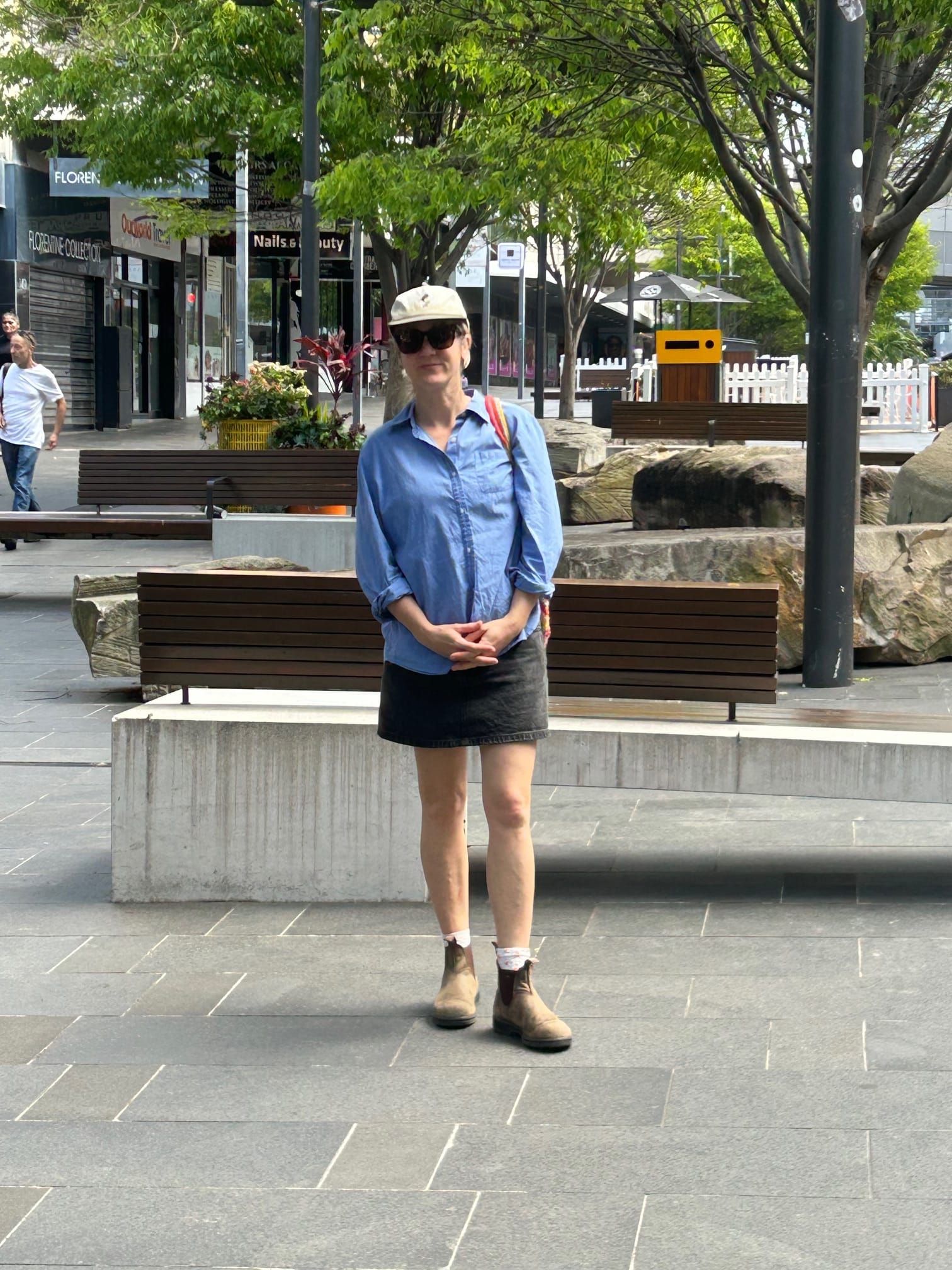
Kathryn would like to see water features reintroduced to the Mall.
Should the Mall reopen to traffic?
We walk the Mall from top to bottom. It's now 40 years old and there's still a debate, especially from many old timers who remember 'the good 'ol days', and ask, 'Shouldn't it be opened up again to traffic?'
No way, according to Patricia. "As a city dweller, one of my priorities is to revitalise the Mall by making it lighter, brighter, greener and through planting and other means, less of a wind tunnel," Patricia said. "Let's make it somewhere people want to gather, where wonderful things happen."
Those 'ol' timers' will remember, when the Mall opened in the 80s there were substantial playful fountains spilling down the lower end of the Mall. Kathryn Morgan believes a combination of more vegetation and the return of water to the central pedestrian strip will be a winner.
"Incorporate abundant layered planting, and direct rainwater into these areas through raingardens or swales/creeks, creating opportunities for informal water play," Kathryn said.
Water in the city won't just be for decoration
"We already have the beautiful Gurangaty Water Place mosaic marking Dharawal water stories. Let's build on that, not keep paving over Country. Daylighting, or referencing Gurangaty Creek with a stream or rill running through the Mall could tell the story of this place while cooling the environment and supporting birds and insects.
"Water in the city is not just for decoration – it belongs; it supports life, health and culture," Kathryn said.
A cooler Wollongong is what Dorte Ekelund believes should be a high priority for everyone involved in decision-making about the city's future.
"The Bureau of Meteorology has already warned that with climate change we need to plan for temperatures of up to 50 degrees in our cities," Dorte said. "While Wollongong benefits by the cooling influence of the ocean, this is not always apparent in our CBD. With a significant increase in density and hard surfaces, and the loss of green space, our city will also become unbearably hot without clear strategies and action to combat this."
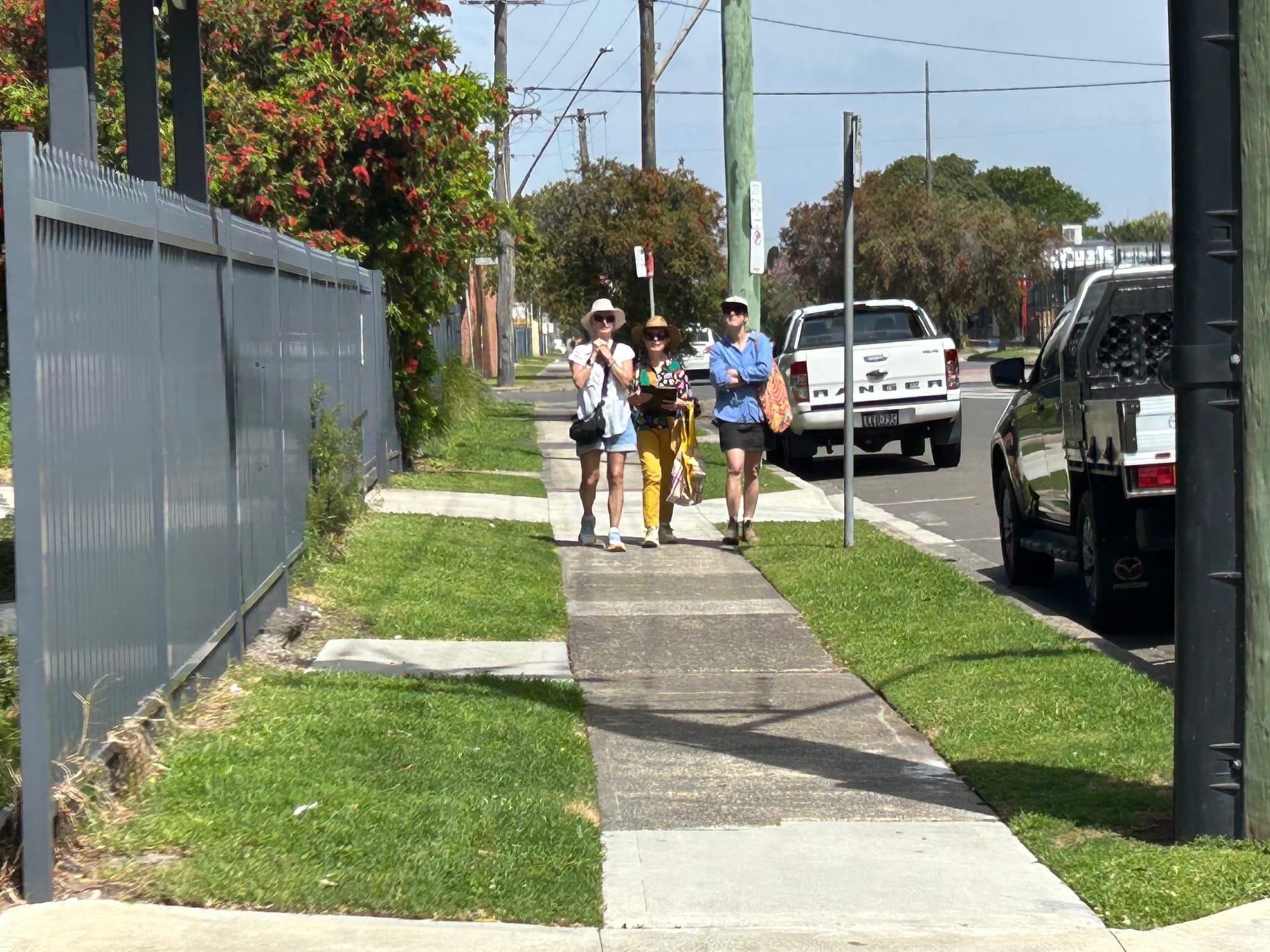
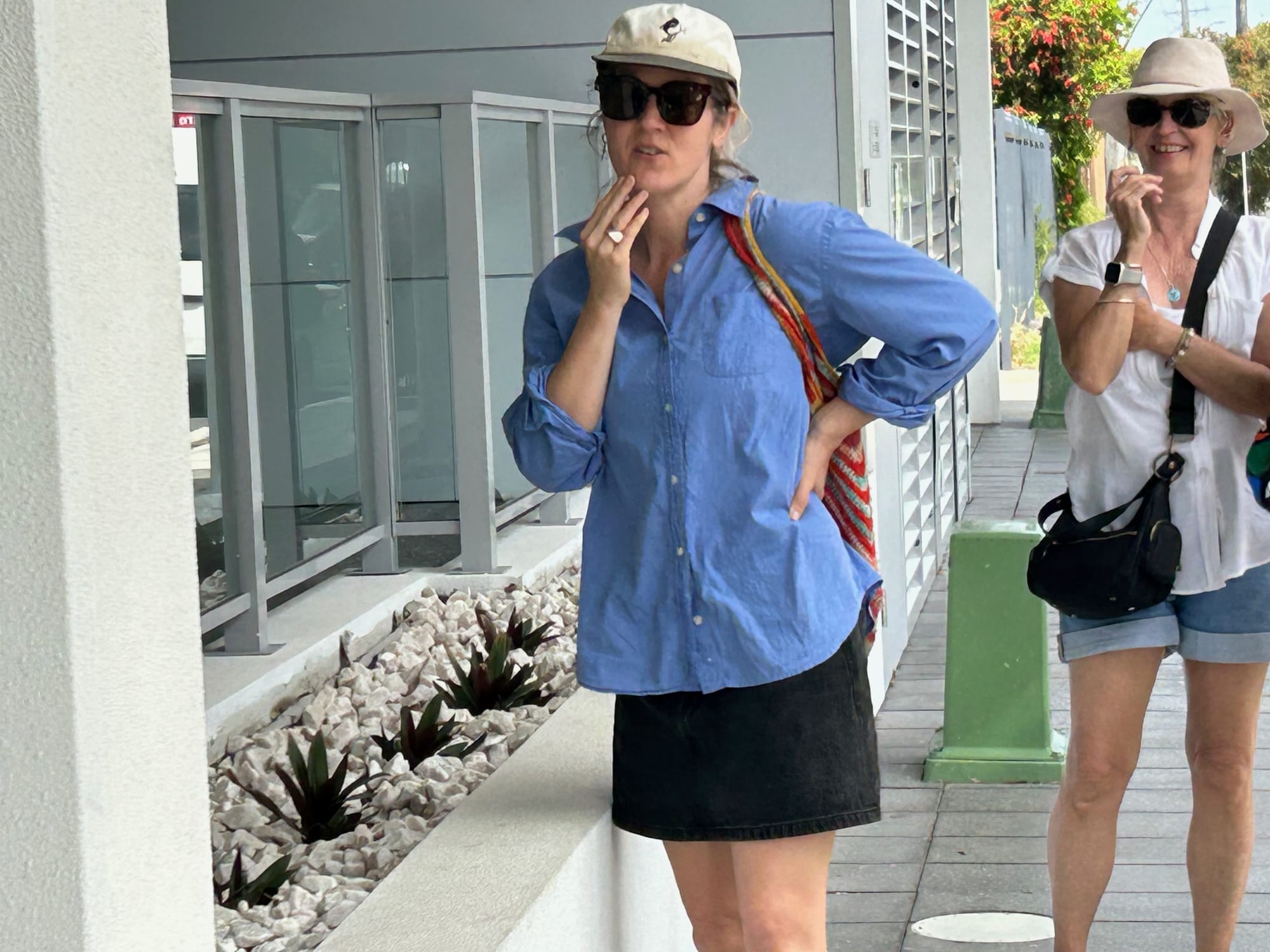
A footpath in need of a shade tree; minimalist landscaping.
Replacing dark surfaces a priority
Kathryn suggests we need to speak as one on the need to gradually replace the hot, dark paving surfaces in the Mall with a much lighter option.
"It would be great to replace some of the hardest, hottest surfaces with porous, light-coloured paving. No need to rip it all out, just select sections," Kathryn said. "Replace these lifted areas with rain gardens and mini swales."
Dorte believes a 'lighter' city should be the 'default' colour everywhere across the city.
"We can and must use every development/redevelopment proposal, Council initiatives, and any State/Federal funded projects to incorporate the core principles of reducing the heat island effect. This means using ample landscaping with shade trees and light-coloured materials for roofs, walls, pavements and roads. The current roll-out of dark-coloured shared pedestrian/cycleways with lighter coloured ones is an easy nil-cost action."

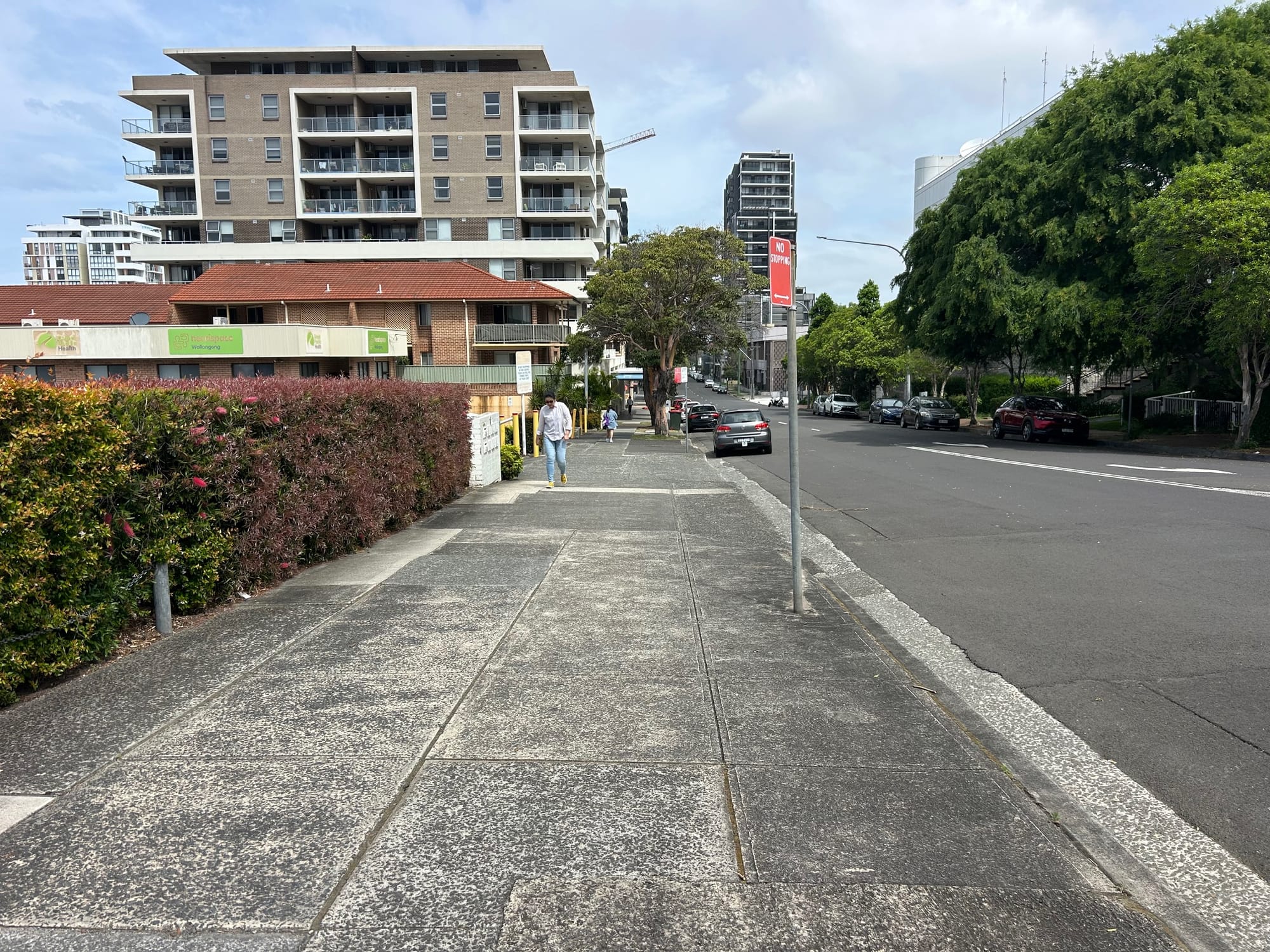
A corner with potential; where concrete paving rules.
The future of the Church on the Mall
Back in the Mall, Patricia is disappointed the historic Church on the Mall, "one of our city's most attractive buildings, is sitting idle. Once safety issues are remedied, it would be an ideal space for small concerts and recitals, a lecture, poetry and literary venue or an art and exhibition space. Artist-in residence and workshop venue, cafe and cultural programming are potential future uses.
Warming to the task, Patrica echoed the thoughts of many people who visit the Mall and surrounds. "Let's work out what to do about persistently vacant shops that detract from the heart of our city."
It's impossible to spend time in the Mall and not talk about the controversial Illawarra Placed Landscape, by Mike Hewson. Its critics describe it as "that palm tree up the pole".

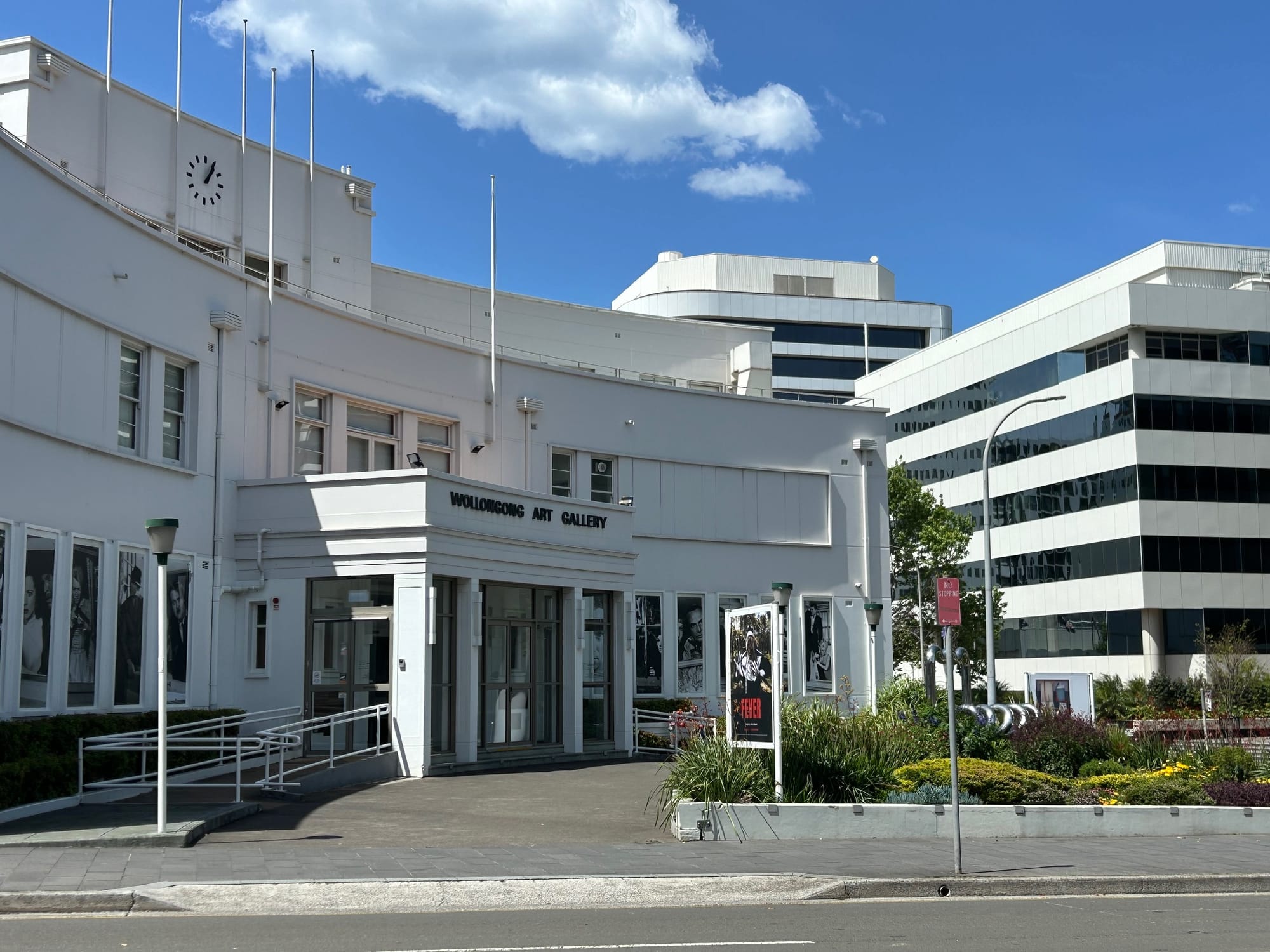
Kembla Street: More street trees are needed; The old town hall was once shaded by big gum trees.
Explain the palm up the pole artwork
Both Kathryn and Dorte are fans of the artwork. Kathryn says it's been a serious oversight by Council not including interpretive signage to explain exactly what the artist was trying to achieve. "It's an amazing work, I love it. But it's not properly explained and given context, and this is not limited to signage, but to the way the space is activated and designed around it," Kathryn said.
Dorte agrees, and says the artwork needs to be viewed in its entirety, including four local Dharawal palms, aged between 75 and 100 years old and rescued from being destroyed by logging. "There are also the large sandstone boulders, a swing and seats formed from the horizontal trunks of two of the palms, reflecting two critical and iconic elements of the Illawarra landscape – the palms and the sandstone."
Departing the Mall, we swing by the corner of Kembla and Burelli streets. Once, that corner was the entry to Wollongong's Town Hall, now the art gallery. Back in the day it was home to two big gum trees, now long departed. Kathryn believes it would be the perfect location for at least two mature Dharawal palms, linking what is now the city's art precinct with the city's most prominent (and talked about) public artwork.
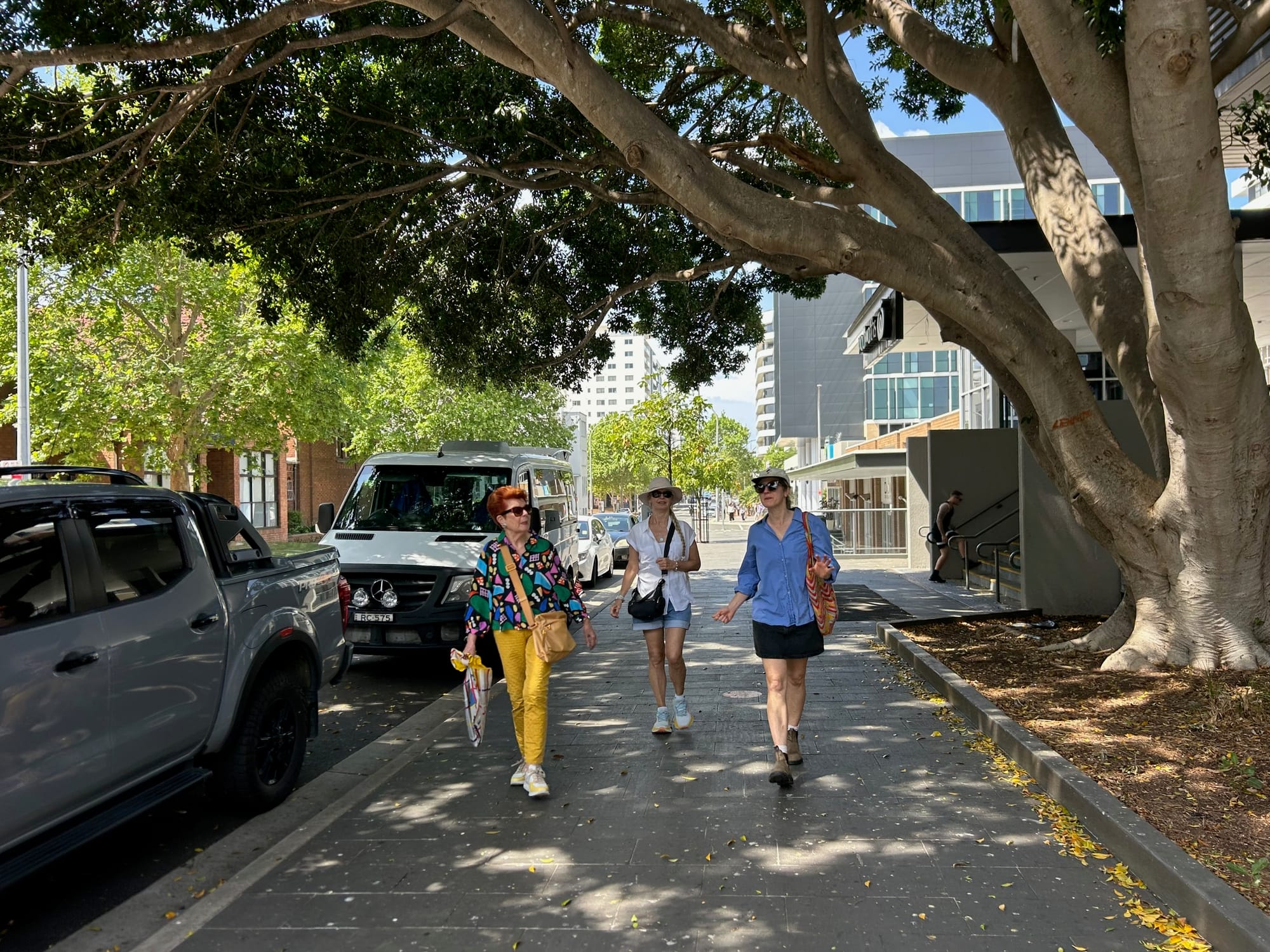
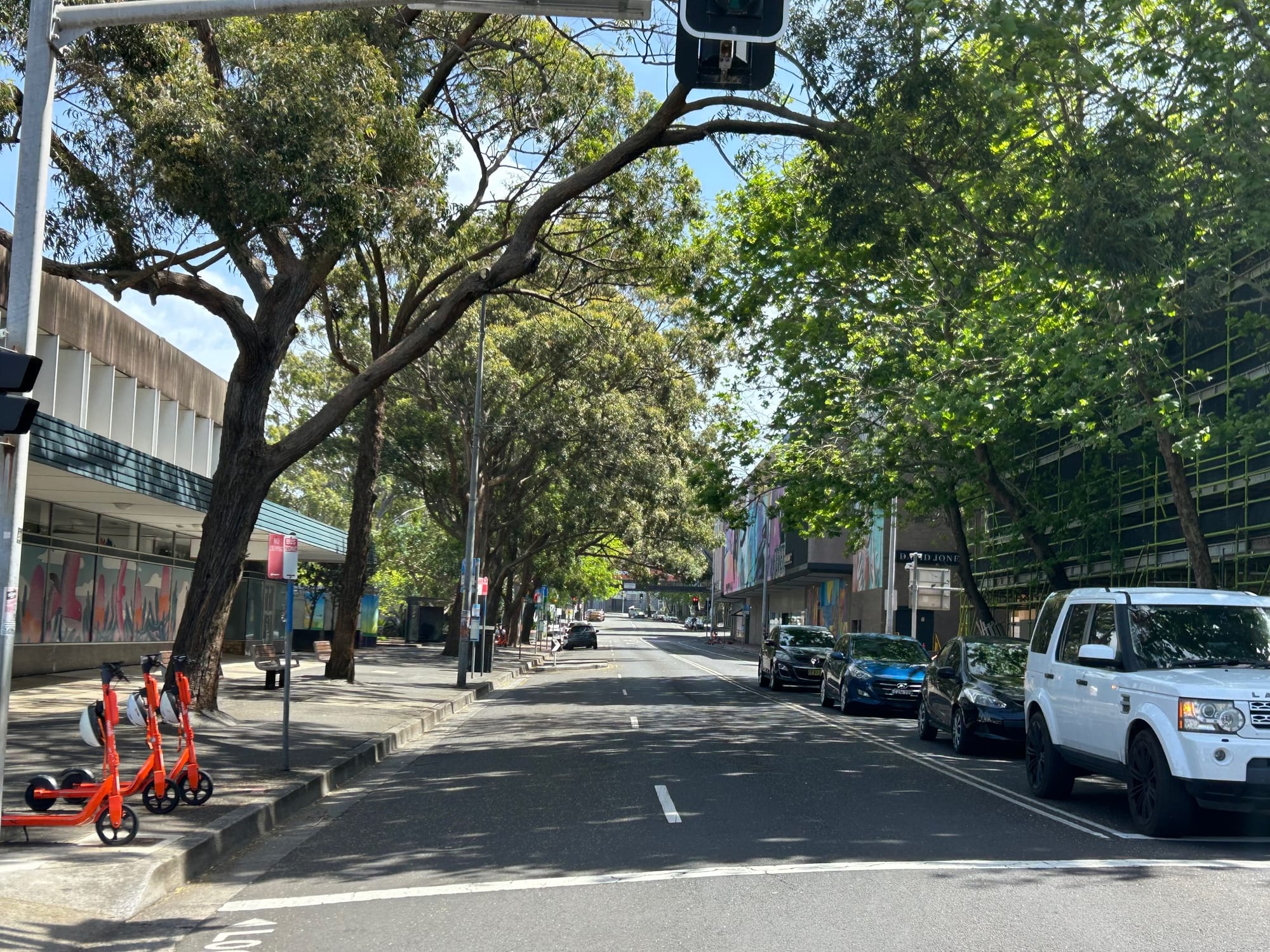
Canopy trees improve the walkability of the city.
We need more canopy shade trees on footpaths
Turning right into Burelli Street, Dorte's eyes light up at the sight of big mature trees as we stroll west. "We need much more of this," she said. "The introduction of meaningful street planting to create shade canopy over both the footpath and extending out over the road, ideally with tree planting on both sides of the road, enabling the tree canopies to touch over the road, exactly as is occurring in Burelli Street where it feels five degrees cooler on a hot day."
What we discovered turning left into Atchison Street was an entirely different story. Long stretches of concrete paving (at least it wasn't black) with not a street tree in sight).
With absolutely no sense of pride, Patricia was keen to show us the new bus layover site that has replaced a Council carpark. It is wall-to-wall scorching hot black bitumen with not a tree in sight and the diesel-driven buses pass within a few metres of two child care centres.
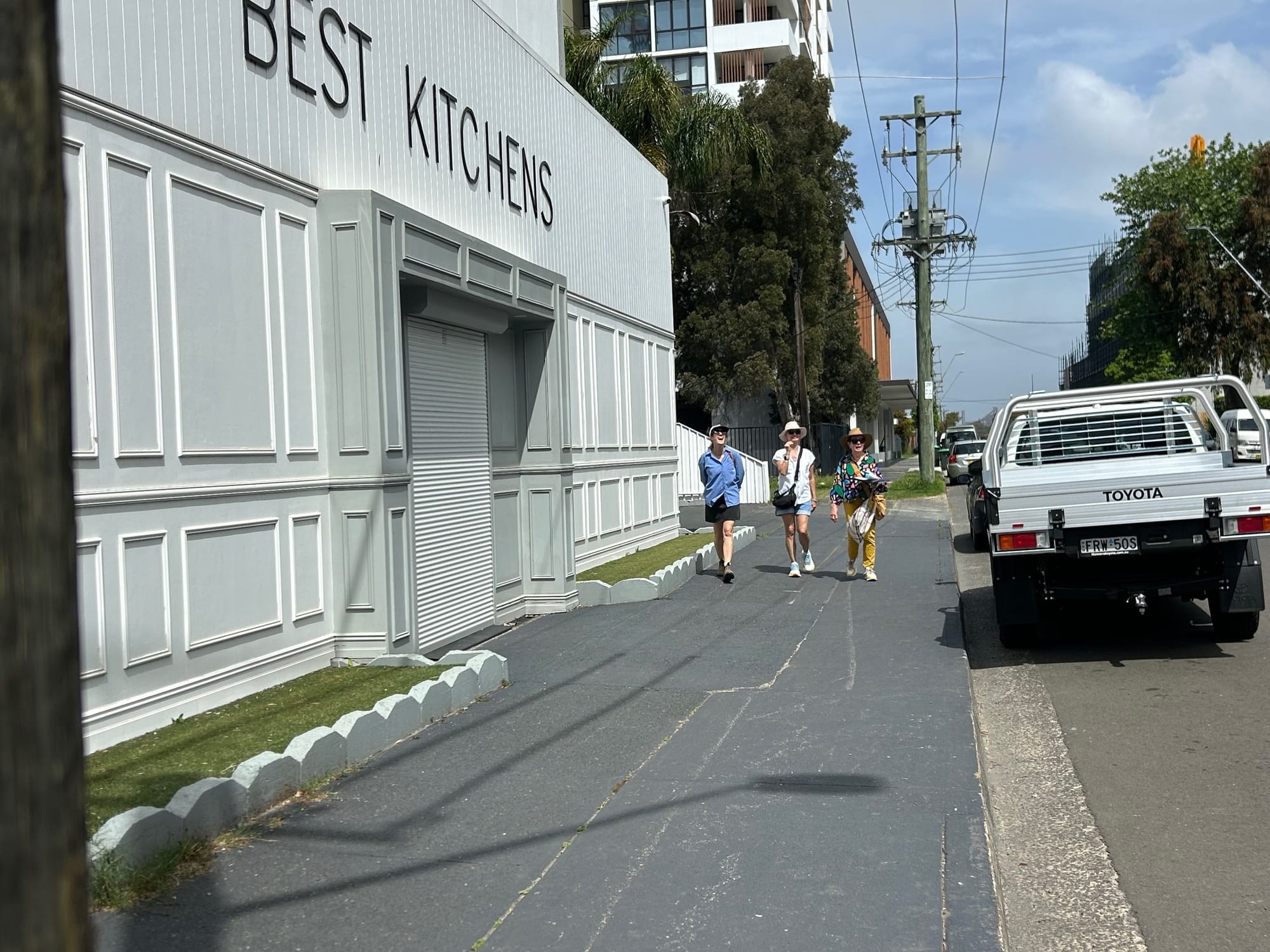

Dark surfaces with no shade and as the city ‘grows up’ it needs to go greener.
New bus layover an opportunity missed
"There was no communication with locals, and as for the lack of any vegetation to provide some cooling, I received a letter from Council's General Manager, Greg Doyle, which said "given the proposal does not increase paved areas, or remove any existing vegetation, there is no resulting impact to Council's Urban Heat or Urban Greening Strategies".
"It's just negligent," Patricia said. "This is the type of shocking decision-making that's going to impact generations to come." What’s worse, Patricia says, trees and grass was planted at the entry point to the new bus site earlier this year, only to be removed and paved over as part of the preparatory works on site.
The trio quickly set about identifying potential locations for up to five mature trees at the bus layover site which would help break up the hot bitumen mass. They'll be happy to share their thoughts with Council.
Continuing along Atchison Street are prime examples of street trees that have been planted in a substance which could never be compared to soil. Patricia believes they were planted about the time she moved into the city in 2020. They look like even serious life-support might not save them.

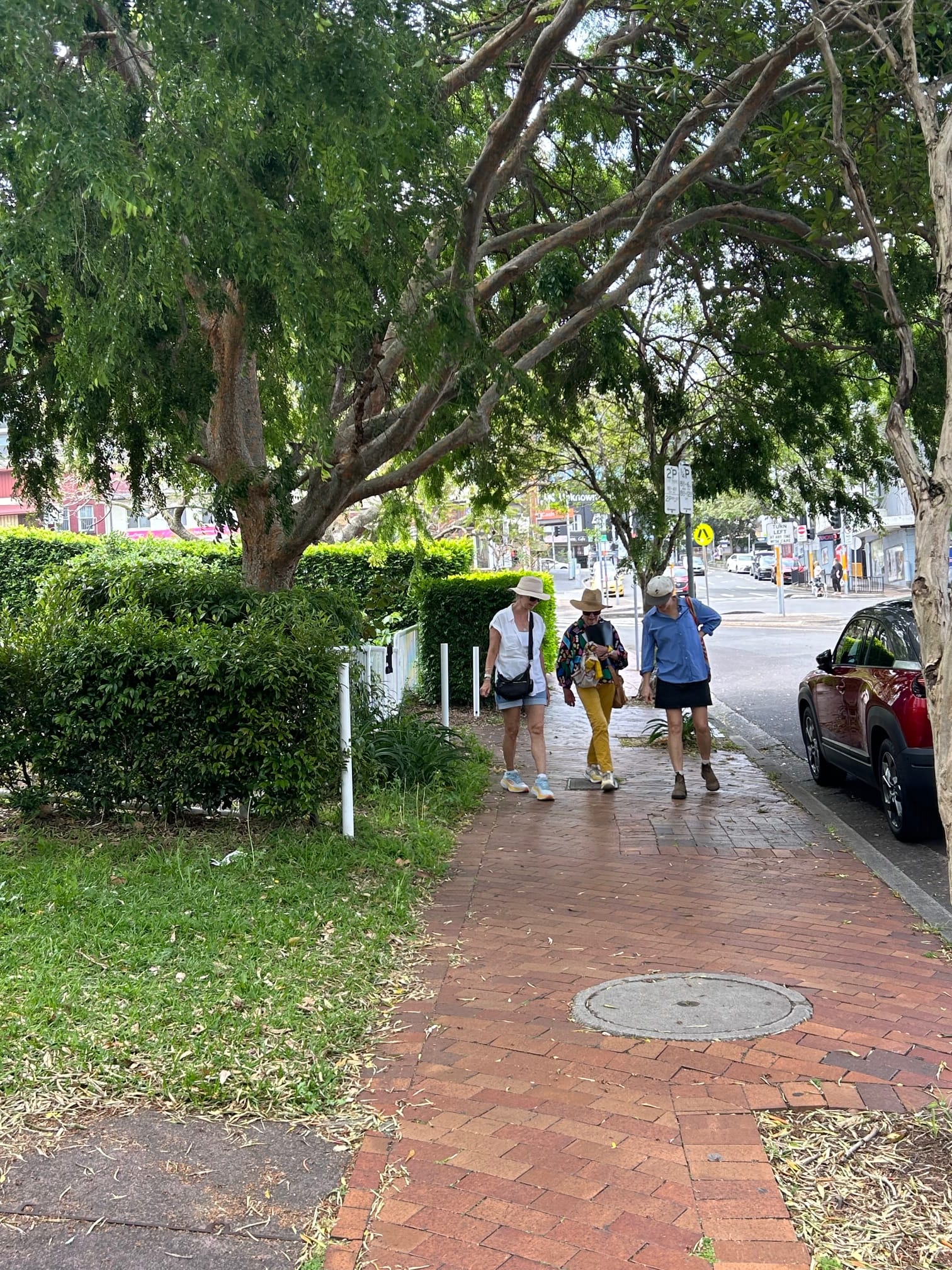
A welcome shady footpath.
Identifying places for tiny forests
Then on to Ellen Street where there are three entire blocks with no street trees planted on the southern side of the road, and Patricia became excited at finding a large-ish corner block of undeveloped space which she later discovered was community land. "This should be turned into a tiny forest with somewhere for people to sit."
Dorte said this was the perfect example of how the community could work with Council to help green the city.
"Council and the community should work together to identify unused or under-used pieces of land around the city, particularly in the CBD, that can be transformed into pocket parks and mini-forests as was suggested by Patricia , and I'm sure many members of the community would be keen to help more with the greening of the city," Dorte said.
At every turn during our walkabout, the heating of our planet and our city was always front of mind.
Air-conditioning isn't the answer
"We know that built-up areas are at least 1-3 degrees hotter than the surrounds because of heat-absorbing surfaces and a lack of vegetation," Kathryn said. "Add climate change and we're heading towards a disaster, especially for older people, kids and those without access to cooling. Air-conditioning just dumps heat into the street; we can't rely on it for the future."
Kathryn said Wollongong should be learning lessons from cities around Australia and the world that are leading the way on making being cool, 'cool'.
"Lots of hot cities around the world are shifting to natural cooling methods as heatwaves increase. Trees are the most wonderful air-conditioning systems we'll ever have.
"Wollongong's average tree canopy cover sits at 17 per cent, below the national average, and far below what's needed for a liveable city. The city's Urban Greening Strategy calls for boosted canopy in coming decades, but we need it NOW if we're going to build a climate-resilient city centre."
All three agree on one important city-building must-do. As the planners, architects and politicians consider what's next, and what's best for our city, the Dharawal traditional owners need to be co-designers in this planning.
Footnote: Dorte Ekelund, the former Director General of ACT Environment Planning and Sustainable Development, and ACT Chief Planner, is married to the author, Jeremy Lasek.

